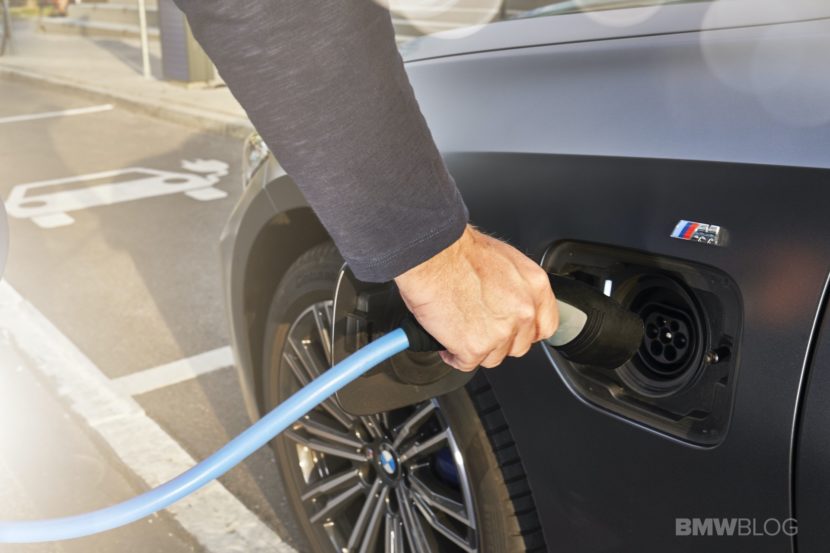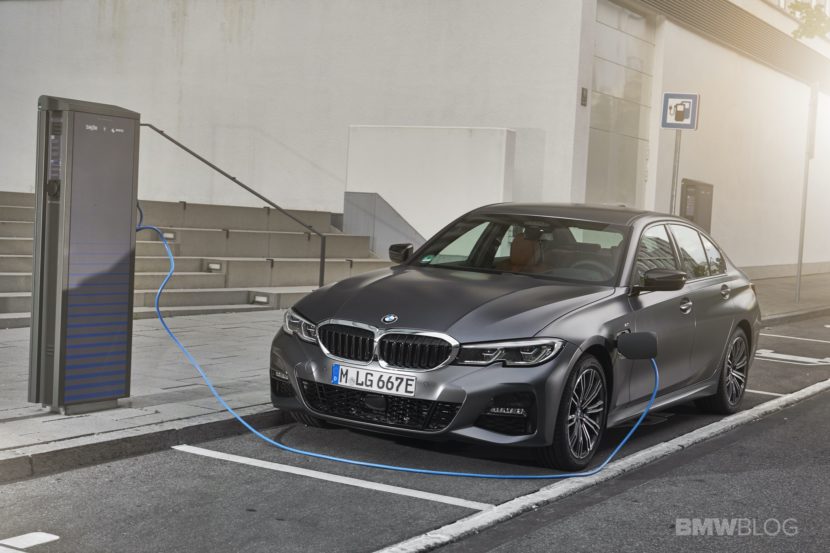BMW continues the series of helpful “How-To” videos and now teaches us on how to effectively and correctly re-charge an electrified car while at home. Irrespective of the car brand. All we need is a plug-in hybrid or full-electric automobile, a portable EV charger and direct access to a convenient power source, which must be typically resistant to withstand some high voltage electric current.
As shown in the video, the portable charger designed for electric vehicles is composed of a power cord (for connecting to the electric supply network), a panel with 4 LEDs that are lit for notifying ongoing different states of operations or issues (Power in green, Charging in blue, Temperature in orange and Fault in red) and the charging pump which is to be attached to the vehicle.

Before starting the recharge, you should position the portable charger either on the ground or attached to the wall. When charging you EV car, you must connect the portable charger directly to the power source and not via a power strip. The power strip is not designed to design a high amount of voltage in a short amount of time, so it’s not advisable to use it as it may lead to an increased risk of fire.

After connecting the charging pump to the charging port on the car, you should look for indications that the process is going smoothly. On electrified BMW cars, the indicating LED ring around the port is pulsating in orange and then blue when the car prepares itself to receive the additional electricity. If everything goes according to plan, the pulsation will stabilize and the color will turn to green.
If the car senses trouble during the recharge (e.g. high, short-time fluctuations in electric flow), the LED ring will flash intermittently in red, indicating that you must remove the charging pump from the port. Resume the recharge process in a matter of seconds and everything should be going fine.
Let’s have a look and learn how to do a correct recharge of the EV car at home:





































































